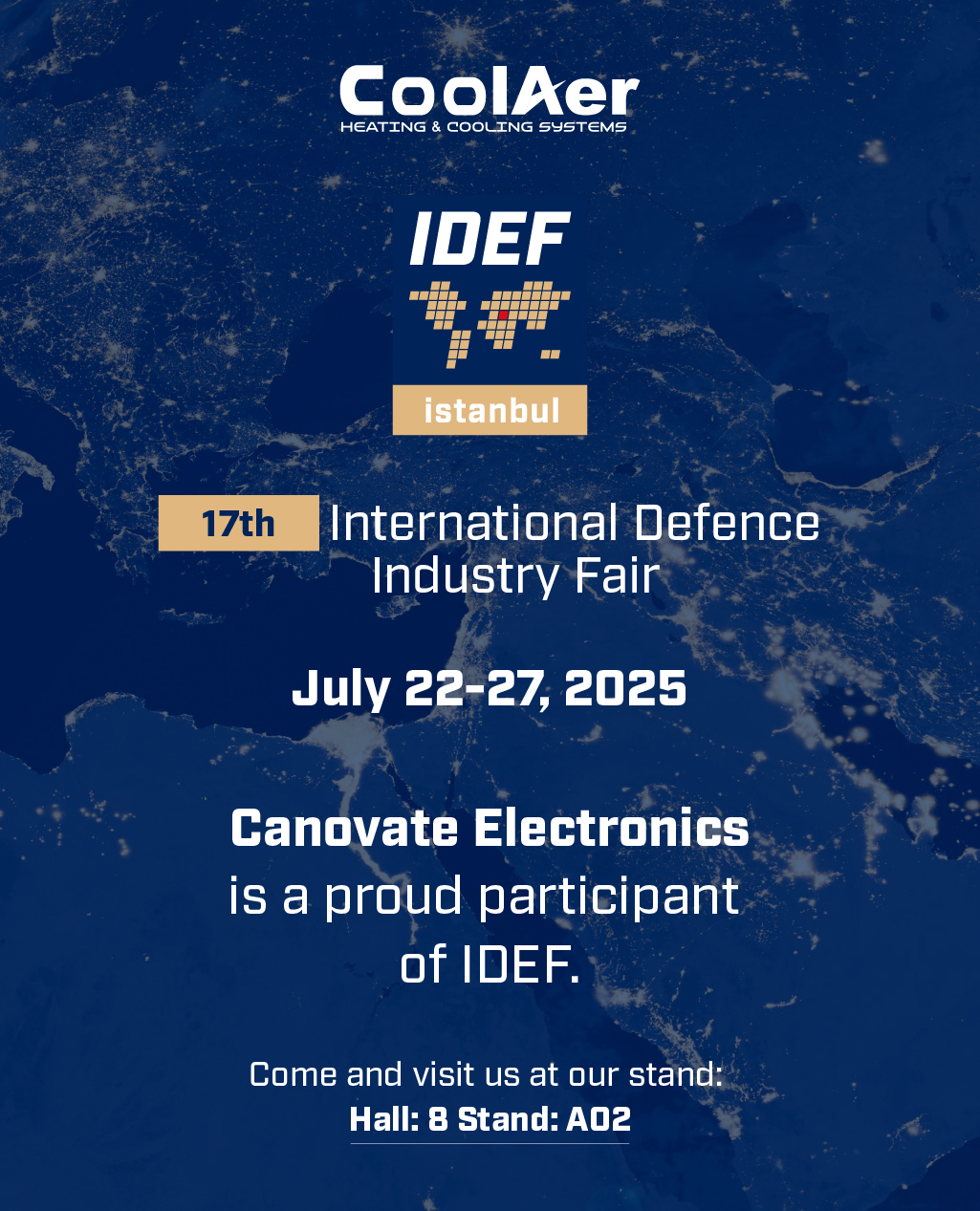Data center cooling solutions
Data Center Cooling Solutions
Efficient cooling solutions are crucial for maintaining optimal performance and longevity of data centers. These solutions help prevent overheating, ensure hardware reliability, and minimize energy consumption. Various cooling technologies and strategies are employed to meet the unique requirements of data centers.
Types of Cooling Solutions
Air-Based Cooling Solutions
- Computer Room Air Conditioners (CRAC)
- CRAC units are traditional air conditioning systems designed to maintain the temperature and humidity of the data center environment.
- Computer Room Air Handlers (CRAH)
- CRAH units use chilled water and air handling systems to cool the data center. They are more energy-efficient compared to CRAC units.
- In-Row Cooling
- These units are placed between server racks to provide targeted cooling, reducing the distance cold air has to travel.
- Overhead Cooling
- Overhead cooling systems use ducts and plenums to deliver cold air from the ceiling, optimizing airflow and temperature control.
- Computer Room Air Conditioners (CRAC)
Liquid-Based Cooling Solutions
- Chilled Water Systems
- Chilled water systems circulate cold water through heat exchangers to remove heat from the data center. They are highly efficient and suitable for large data centers.
- Direct-to-Chip Cooling
- Direct-to-chip cooling involves using liquid coolant directly on the CPU and GPU chips, providing efficient heat removal at the source.
- Immersion Cooling
- Immersion cooling submerges servers in a thermally conductive dielectric liquid, providing high cooling efficiency and reducing energy consumption.
- Chilled Water Systems
Advanced Cooling Technologies
- Free Cooling
- Free cooling utilizes the outside air to cool the data center, reducing reliance on mechanical cooling systems. It is highly energy-efficient in colder climates.
- Evaporative Cooling
- This method uses the evaporation of water to cool the air, which can significantly reduce energy costs in suitable environments.
- Liquid Immersion Cooling
- Liquid immersion cooling involves submerging servers in a non-conductive liquid. It offers excellent cooling efficiency and can dramatically reduce energy consumption and noise levels.
Energy Efficiency and Sustainability
- Energy Efficiency
- Implementing energy-efficient cooling solutions is critical for reducing operational costs and environmental impact. Strategies include optimizing airflow, using variable speed fans, and adopting advanced cooling technologies.
- Sustainability
- Sustainable cooling practices involve using renewable energy sources, recycling waste heat, and implementing green building practices to minimize the carbon footprint of data centers.
Conclusion
Effective data center cooling solutions are vital for ensuring optimal performance, reliability, and energy efficiency. By leveraging advanced cooling technologies and sustainable practices, data centers can meet the increasing demands for data processing and storage while minimizing their environmental impact.



